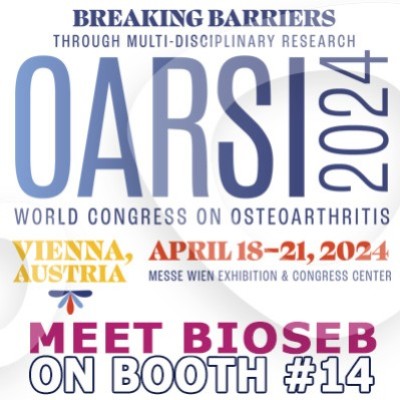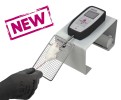Authors
M. J. Barton, J. W. Morley, M. A. Stoodley, S. Shaikh, D. A. Mahns et al.
Lab
School of Medicine, University of Western Sydney, Penrith, Australia
Journal
Journal of Biophotonics
Abstract
Sutures remain the standard peripheral nerve repair technique, whether applied directly or indirectly to nerve tissue. Unfortunately, significant postoperative complications can result, such as inflammation, neuroma formation and foreign body reactions. Photochemical-tissue-bonding, PTB, using rose Bengal, RB, integrated into a chitosan bioadhesive is an alternative nerve repair device that removes the need for sutures. Rats were arranged into three groups: RB-chitosan adhesives-repair, end-to-end epineural suture-repair -surgical standard- and sham laser-irradiated control. Groups were compared through histological assessment, electrophysiological recordings and grip motor strength. RB-chitosan adhesive repaired nerves displayed comparable results when compared to the standard suture-repair based on histological and electrophysiological findings. Functionally, RB-chitosan adhesive was associated with a quicker and more pronounced recovery of grip force when compared to the suture-repair.
BIOSEB Instruments Used:
Grip strength test (BIO-GS3)

 Pain - Thermal Allodynia / Hyperalgesia
Pain - Thermal Allodynia / Hyperalgesia Pain - Spontaneous Pain - Postural Deficit
Pain - Spontaneous Pain - Postural Deficit Pain - Mechanical Allodynia / Hyperalgesia
Pain - Mechanical Allodynia / Hyperalgesia Learning/Memory - Attention - Addiction
Learning/Memory - Attention - Addiction Physiology & Respiratory Research
Physiology & Respiratory Research
 Pain
Pain Metabolism
Metabolism Motor control
Motor control Neurodegeneration
Neurodegeneration Cross-disciplinary subjects
Cross-disciplinary subjects Muscular system
Muscular system General activity
General activity Mood Disorders
Mood Disorders Other disorders
Other disorders Joints
Joints Central Nervous System (CNS)
Central Nervous System (CNS) Sensory system
Sensory system Bioseb on booth #14 at OARSI 2024 in Vienna
Bioseb on booth #14 at OARSI 2024 in Vienna 